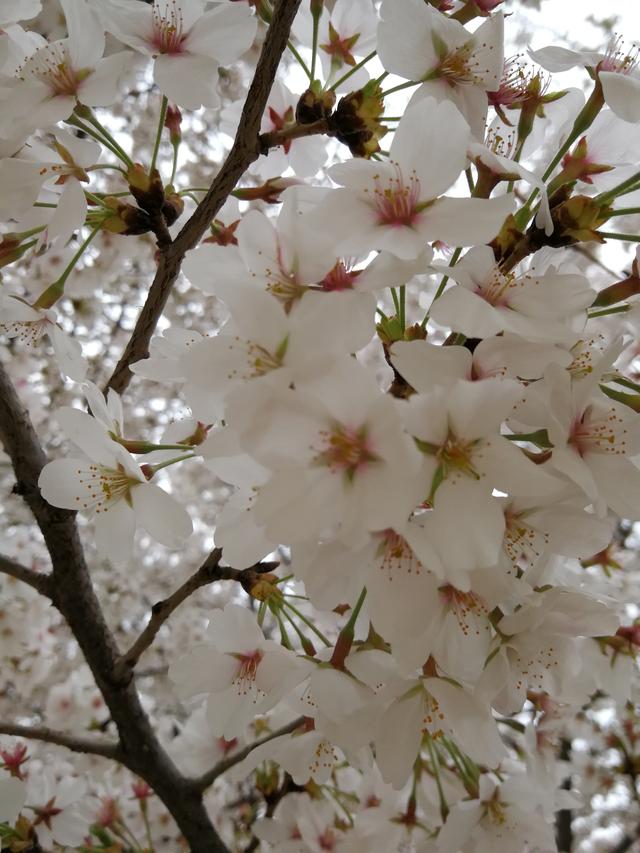在翻译过程中,译者常常会遇到一些词或词组,无法从词典等工具书中找到其直接、恰当、准确的释义。如果硬要牵强附会,照搬词典里的某个释义,那么译文定会晦涩难懂,无法遵循翻译所要求的标准。遇到这种情况,译者应该首先根据上下文的联系,在准确理解原文含义的基础上,按照汉语的表达习惯,对词义加以引伸。我们通常可以采用以下方法进行词义引伸:

一、把抽象词语具体化
Something must be done to protect these plants from the cold. 必须采取措施来保护这些植物免遭冷冻。
There were strange ideas about wave before the last war. 在第二次世界大战之前,关于电波曾有过一些奇怪的设想。
二、译出词语的实际含义
She's really a lucky dog. 她真是个幸运儿。
Everyone has rain and sunshine in their life. 每个人生活中都有甜有著。
However, colours can give more force to the form of the product. 然而,色彩能使产品外形增添美感。
三、改变说法
During the first part of his life, he was an electrician. 他早年当过电工。
When we speak, sound waves begin to travel and go in all.directions. 我们说话时,声波就开始传播,向四面八方扩散。
I was going to buy the house, but when I saw the neighborhood, I had second thoughts. 我原本想买这房子,但看到了房子周围的环境之后,我改变了想法。
四、按汉语的表达习惯进行引伸
The power industry should be given much attention.应重视电力工业。
The classical Greek civilization knew of seven metals gold,silver, copper, iron, tin, lead and mercury. 古希腊文明社会使用过七种金属金、银、铜、铁、锡、铅和水银。
He acted as a great Samaritan, and took the poor man to the hospital. 他乐于助人,把那位可怜的老人送进了医院。(Samaritan源自《圣经》,指乐善好施者。如果译成撒马利亚人中国读者一定费解。)
After I had painted a piece of furniture, my father gave me a piece of cake and a cup of tea. 在我漆完一件家俱之后,父亲给了我一块蛋糕、一杯热茶。
,




